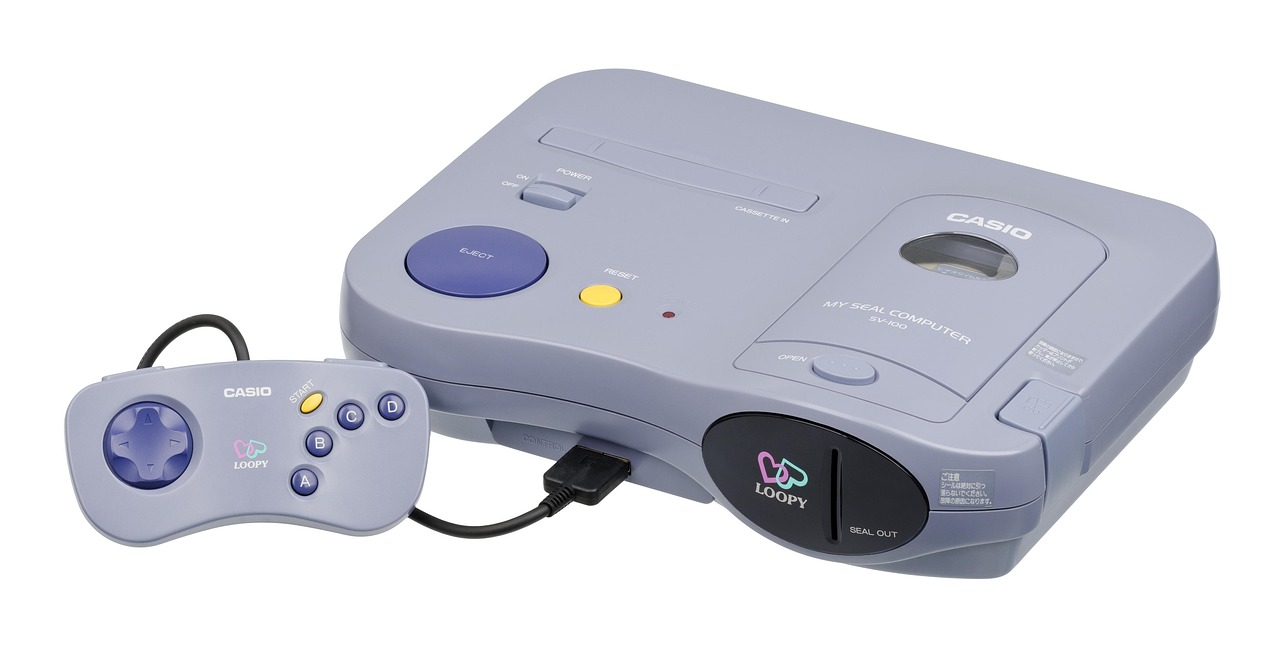Meal prepping is more than just a trend; it’s a lifestyle choice that can save you time, money, and stress, all while helping you maintain a healthy diet. In today’s fast-paced world, finding the time to cook nutritious meals every day can feel like an impossible task. That’s where meal prep comes in. This guide will walk you through everything you need to know to master the art of meal prepping, from planning and shopping to cooking and storing. Get ready to transform your eating habits and reclaim your precious time!
Why Meal Prep? Unlocking the Benefits
Time Savings and Efficiency
Meal prepping is all about optimizing your time. Instead of spending 30-60 minutes (or more!) cooking dinner every night, you dedicate a few hours once or twice a week to prepare multiple meals at once. This dramatically reduces the daily cooking workload.
- Benefit: Frees up time during the week for other activities, like exercise, hobbies, or simply relaxing.
- Example: Instead of rushing home from work to cook, you can hit the gym or spend quality time with family, knowing dinner is already waiting.
- Statistic: Studies show that people who meal prep regularly save an average of 6 hours per week!
Healthier Eating and Portion Control
When you plan your meals in advance, you’re more likely to make healthier choices. You control the ingredients and portion sizes, avoiding impulsive decisions based on hunger or convenience.
- Benefit: Helps you avoid processed foods, excessive sugar, and unhealthy fats often found in takeout and fast food.
- Example: Pre-portioning meals into containers ensures you’re eating the right amount of food, supporting weight management goals.
- Tip: Focus on incorporating plenty of fruits, vegetables, lean protein, and whole grains into your meal prep plan.
Cost Savings and Waste Reduction
Meal prepping can significantly reduce your grocery bill and minimize food waste. By planning your meals and buying ingredients in bulk, you can avoid impulse purchases and use up what you already have.
- Benefit: Prevents food from spoiling in the refrigerator because you have a plan for using it.
- Example: Buying a whole chicken and using it for multiple meals (roasted chicken, chicken salad, chicken soup) is more cost-effective than buying pre-cut chicken breasts.
- Actionable Takeaway: Check your pantry and refrigerator before grocery shopping to avoid buying duplicates.
Getting Started: Planning Your Meal Prep
Choosing Your Meals
The key to successful meal prepping is choosing meals that are easy to prepare in large batches and reheat well.
- Consider your dietary needs and preferences: Are you vegetarian, vegan, gluten-free, or following a specific diet?
- Think about your schedule: How many meals do you need to prepare? Will you be eating at home or on the go?
- Look for recipes that are versatile and adaptable: Can you easily swap out ingredients based on what you have on hand?
- Examples:
Breakfast: Overnight oats, breakfast burritos, egg muffins.
Lunch: Salads, grain bowls, soup, leftovers from dinner.
* Dinner: Chili, stews, casseroles, roasted vegetables with protein.
Creating a Shopping List
Once you’ve chosen your meals, it’s time to create a detailed shopping list. This will help you stay organized and avoid forgetting any essential ingredients.
- Organize your list by grocery store section: Produce, meat, dairy, pantry, etc.
- Check your pantry and refrigerator: Make sure you don’t already have any of the ingredients you need.
- Consider buying in bulk: This can save you money on staples like rice, beans, and nuts.
- Tip: Use a meal planning app or spreadsheet to keep track of your recipes, shopping list, and meal schedule.
Setting Aside Time for Meal Prep
Schedule a specific time each week for meal prepping. This will help you stay consistent and make meal prep a habit.
- Choose a day when you have a few hours of free time: Sunday is a popular choice, but any day will work.
- Prepare your kitchen: Clear your countertops, gather your cooking tools, and put on some music to make the process more enjoyable.
- Break down the tasks: Start with the ingredients that take the longest to cook, such as grains or beans.
- Actionable Takeaway: Treat your meal prep session like an important appointment and stick to it.
Cooking and Assembling Your Meals
Efficient Cooking Techniques
To make your meal prep session as efficient as possible, use these cooking techniques:
- Batch Cooking: Cook large quantities of grains, proteins, and vegetables at once.
- Multi-Tasking: While one dish is cooking, prepare another.
- One-Pan Meals: Roast vegetables and protein together on a single sheet pan.
- Slow Cooker/Instant Pot: Use these appliances to cook stews, soups, and chili with minimal effort.
- Example: Roast a large batch of chicken breasts, sweet potatoes, and broccoli on a sheet pan while cooking quinoa in a rice cooker.
Portioning and Packaging
Proper portioning and packaging are crucial for maintaining food quality and preventing spoilage.
- Invest in quality meal prep containers: Choose containers that are BPA-free, microwave-safe, and dishwasher-safe.
- Portion your meals according to your dietary needs: Use measuring cups and spoons to ensure accurate portion sizes.
- Allow food to cool completely before packaging: This prevents condensation from forming and keeps your food fresh longer.
- Label each container with the date and contents: This will help you keep track of what you have and when it was prepared.
Food Safety Considerations
Following proper food safety guidelines is essential to prevent foodborne illness.
- Wash your hands thoroughly before and after handling food.
- Use separate cutting boards for raw meat and vegetables.
- Cook food to the proper internal temperature.
- Refrigerate leftovers within two hours.
- Don’t leave food at room temperature for more than two hours.
Storage and Reheating Tips
Optimal Storage Methods
How you store your meals can significantly impact their freshness and flavor.
- Refrigeration: Most prepared meals will last for 3-4 days in the refrigerator.
- Freezing: Freezing is a great option for meals that you won’t be eating within a few days. Most frozen meals will last for 2-3 months.
- Use airtight containers: To prevent freezer burn and maintain food quality.
- Thawing: Thaw frozen meals in the refrigerator overnight or use the defrost setting on your microwave.
Reheating Your Meals
Proper reheating is essential for preserving the taste and texture of your prepared meals.
- Microwave: The easiest option for reheating most meals. Be sure to stir halfway through to ensure even heating.
- Oven: Reheating in the oven can help restore crispness to certain foods, such as roasted vegetables or pizza.
- Stovetop: Ideal for reheating soups, stews, and sauces.
- Tip: Add a little water or broth to your meals before reheating to prevent them from drying out.
Meal Prep Ideas for Different Diets
Vegetarian and Vegan Meal Prep
- Protein sources: Tofu, tempeh, lentils, chickpeas, beans, quinoa, edamame, nuts, and seeds.
- Example: Lentil soup, chickpea curry, tofu stir-fry, quinoa salad.
Low-Carb Meal Prep
- Focus on: Non-starchy vegetables, healthy fats, and lean protein.
- Example: Cauliflower rice bowls with grilled chicken, zucchini noodles with pesto and shrimp, broccoli and cheese soup.
Gluten-Free Meal Prep
- Avoid: Wheat, barley, and rye.
- Example: Chicken and rice bowls, quinoa salads, sweet potato and black bean chili.
High-Protein Meal Prep
- Include: Lean meats, poultry, fish, eggs, dairy products, and plant-based protein sources.
- Example: Chicken breast with roasted vegetables, Greek yogurt with berries, protein shakes.
Conclusion
Meal prepping is a powerful tool for achieving your health and wellness goals. By planning ahead, cooking efficiently, and storing your meals properly, you can save time, money, and stress while enjoying delicious and nutritious meals every day. Don’t be afraid to experiment with different recipes and find what works best for your lifestyle. With a little practice and dedication, you’ll be a meal prep pro in no time! Embrace the process, and you’ll be amazed at the positive impact it has on your life.



